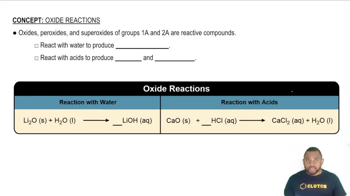Textbook Question
Salts containing the phosphate ion are added to municipal water supplies to prevent the corrosion of lead pipes. (a) Based on the pKa values for phosphoric acid 1pKa1 = 7.5 * 10 - 3, pKa2 = 6.2 * 10 - 8, pKa3 = 4.2 * 10 - 132 what is the Kb value for the PO43 - ion?





